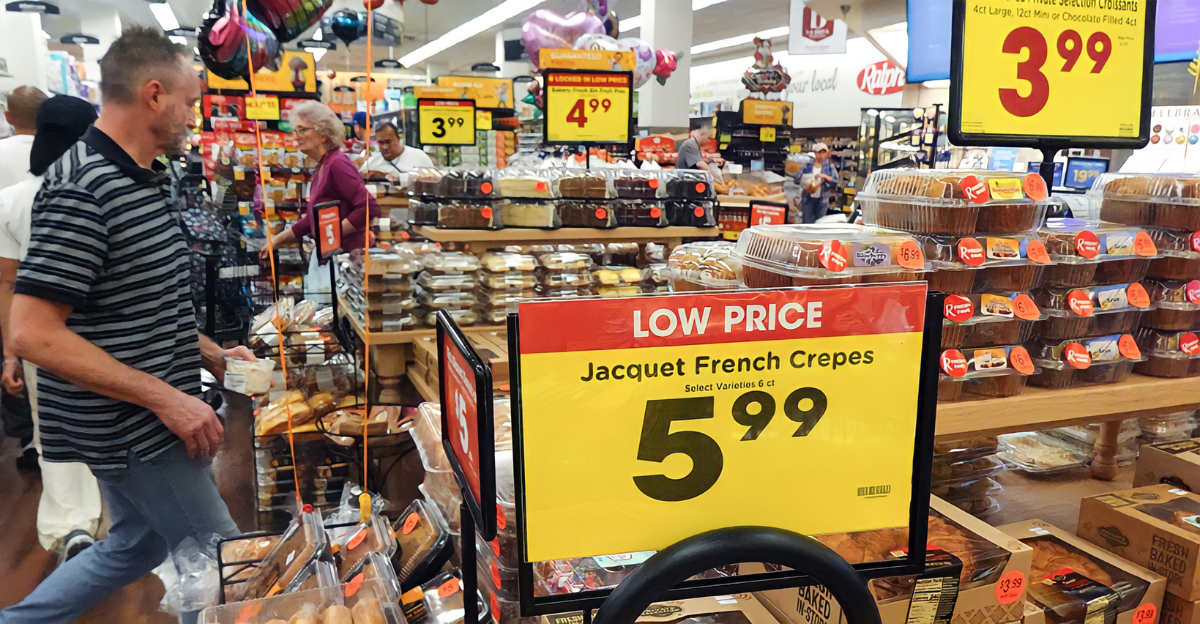
Across the country, grocery shoppers are discovering a frustrating trend; items marked as “on sale” ring up at full price. That dollar-off coffee? Full price. Discounted meat? Still expensive. The pattern isn’t isolated or regional; it’s happening nationwide, and it’s hitting shoppers hard. At a time when food inflation is already squeezing budgets, a new investigation reveals a troubling trend: systematic overcharging in major grocery stores.
And while tariffs on imports are being blamed for rising prices, some consumer advocates say the real issue may be closer to home, corporate pricing practices that sidestep accountability. Welcome to grocery shopping in the age of excuses.
14 States, Dozens of Stores, Same Problem
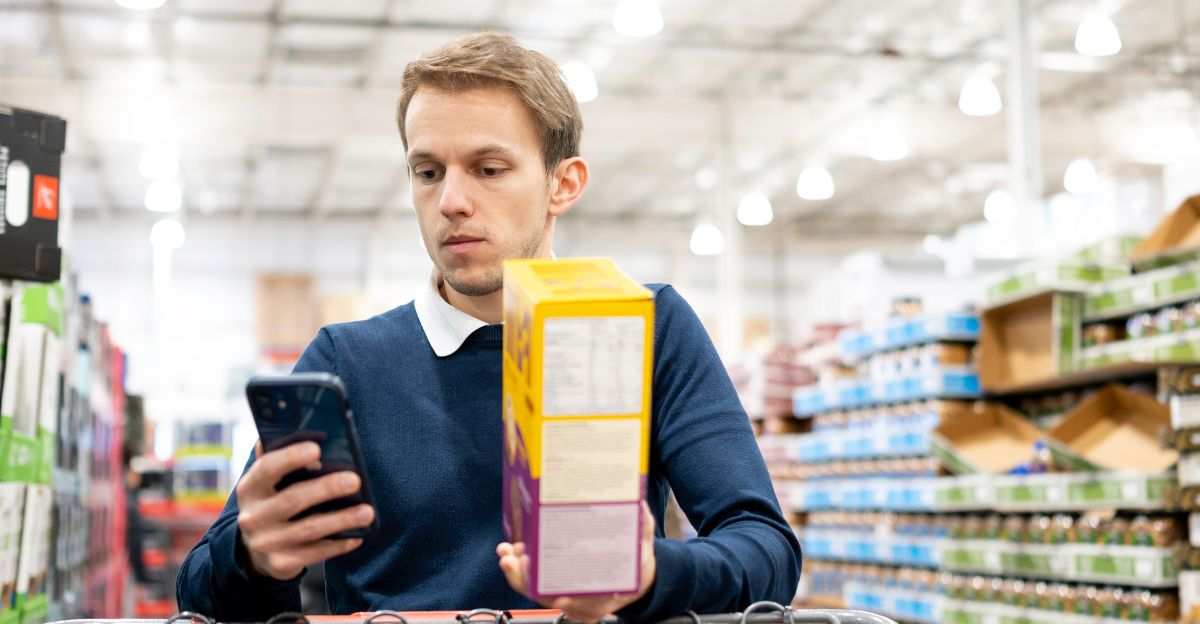
This isn’t a fluke in one store or a software bug in one region. Across 14 states and the District of Columbia, consumers are reporting the same frustrating experience: advertised prices not matching what rings up at the register.
From Colorado to New York, overcharges average $1.70 per item, nearly a 20% markup. That’s not just frustrating, it’s systemic. Consumers depending on sale prices to stay within budget are instead facing stealth increases on the basics; milk, cereal, meat.
With millions of grocery trips happening every day, the scale of this discrepancy suggests more than just clerical errors. The numbers point to a broader pattern, one that affects how Americans shop, eat, and plan.
How Grocery Shopping Used to Work
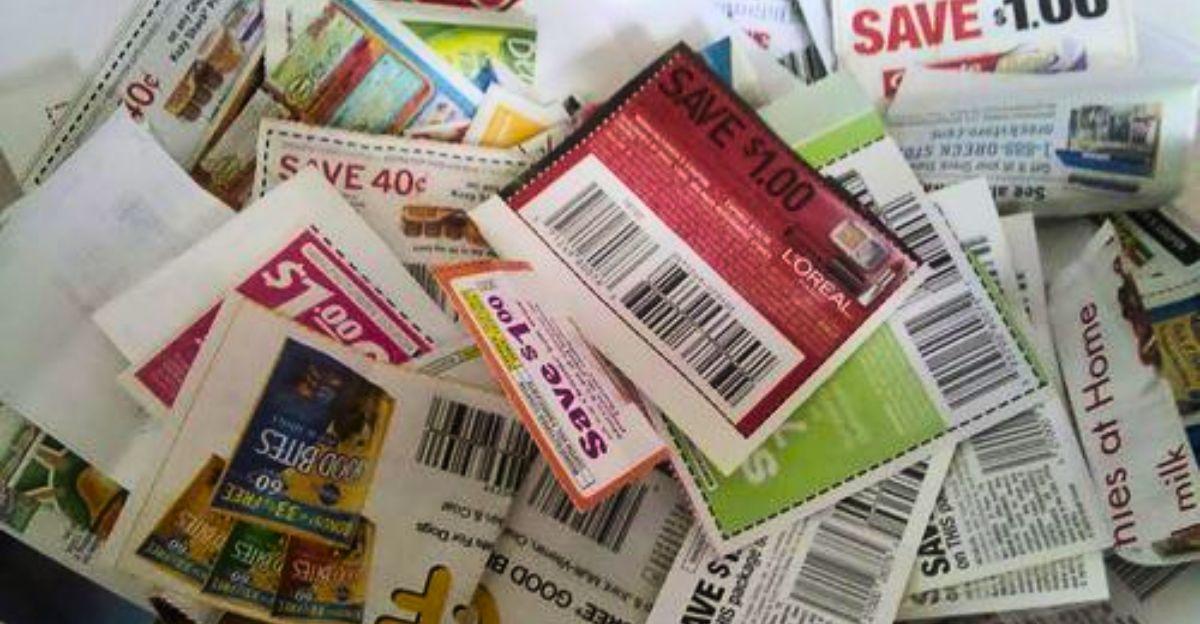
For decades, the price on the shelf was a promise. Families built shopping lists based on deals, clipped coupons, and made tradeoffs; trusting the numbers they saw. This wasn’t just efficient, it was part of the rhythm of American life. “People should pay the price that is being advertised, that’s the law,” says consumer advocate Edgar Dworsky.
Beyond legality, it was about mutual respect between retailers and the communities they served. But that unspoken trust has frayed. In an era of automation and reduced oversight, more shoppers are learning that their loyalty doesn’t always pay off. What was once a reliable system now demands constant vigilance, turning routine errands into nerve-racking audits.
When Global Trade Becomes Local Blame
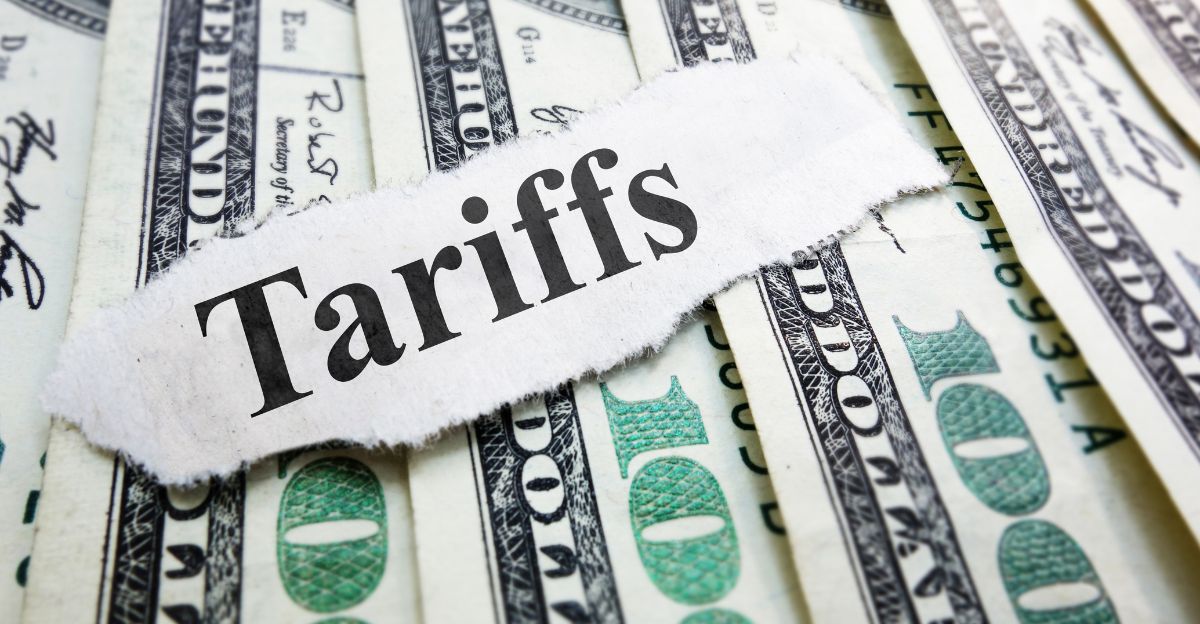
Rising prices have a convenient villain: tariffs. With international tensions escalating, new tariffs from the Trump administration added real pressure, 25% on goods from Mexico and Canada, 10% on Chinese imports. Retailers quickly seized on these headlines to justify higher costs.
But here’s the problem: price hikes tied to tariffs are becoming a catch-all excuse, even when product origins or timing don’t align. “Due to market conditions” has become the standard disclaimer for price increases, shielding companies from scrutiny.
Meanwhile, overcharges on sale items are growing more common, often where tariffs don’t apply.
America’s Second-Largest Grocer Under Investigation
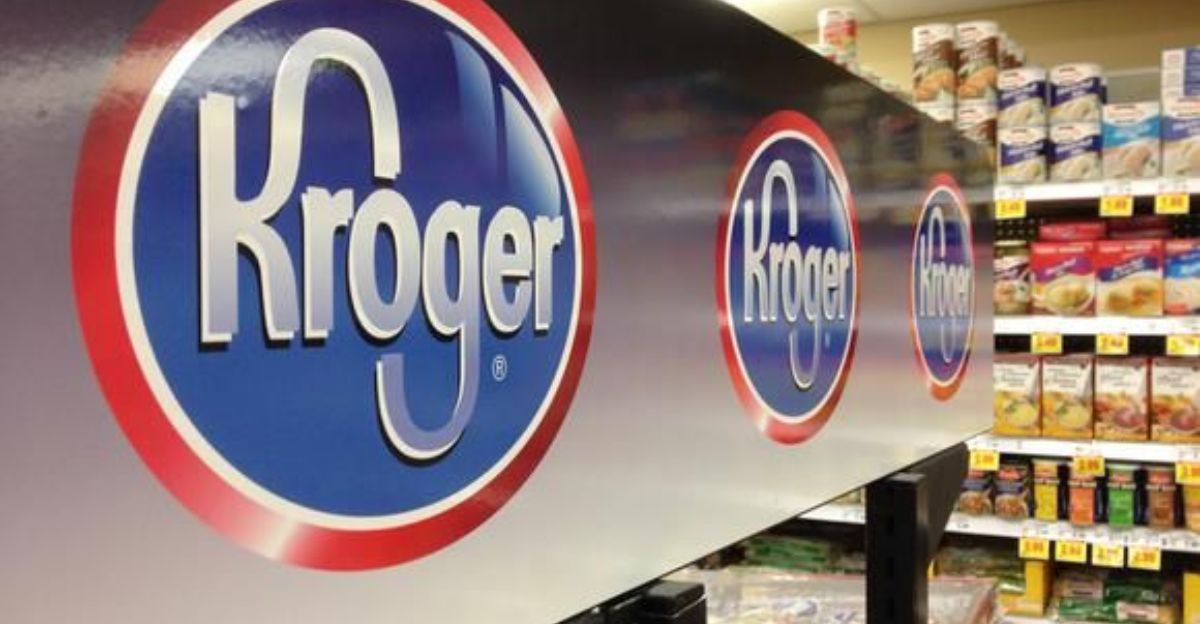
The grocery chain facing the heat is Kroger, America’s second-largest grocer with nearly 2,700 stores. A months-long investigation by Consumer Reports, The Guardian, and the Food & Environment Reporting Network found consistent overcharging at Kroger-owned banners like Ralphs, Fred Meyer, and Harris Teeter.
Investigators found expired sale tags on more than 150 items, including Cheerios, Nescafé, and tortillas. In one example, tortillas labeled $2.99 rang up at $4.99. Across dozens of stores, shoppers paid roughly 18% more than advertised.
Kroger calls these “isolated incidents,” but over half of the 26 stores examined had pricing problems. The scale raises troubling questions about negligence, or worse, intent.
The Personal Cost of Pricing Errors
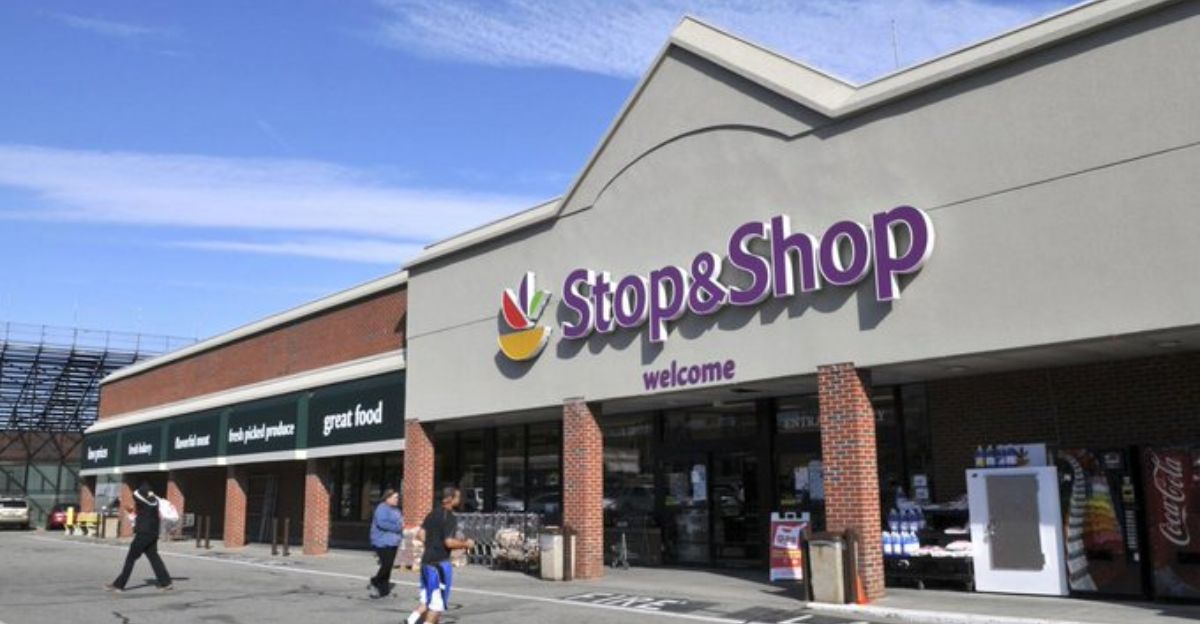
Imagine losing $8.50 every grocery trip without realizing it. That’s what happens when five sale items each ring up $1.70 over. Multiply that by weekly trips, and families are unknowingly losing over $440 a year. In low-income communities, the problem is even worse. In Boston, Stop & Shop charged 18% more in Jamaica Plain, a working-class neighborhood, than in wealthier nearby Dedham.
Investigators are finding a pattern: stores in lower-income or minority areas face the steepest pricing inconsistencies. For families living paycheck to paycheck, these overcharges aren’t just annoying, they’re destabilizing. That missing money isn’t a rounding error, it’s dinner, diapers, or gas for the week.
Understaffed and Overwhelmed
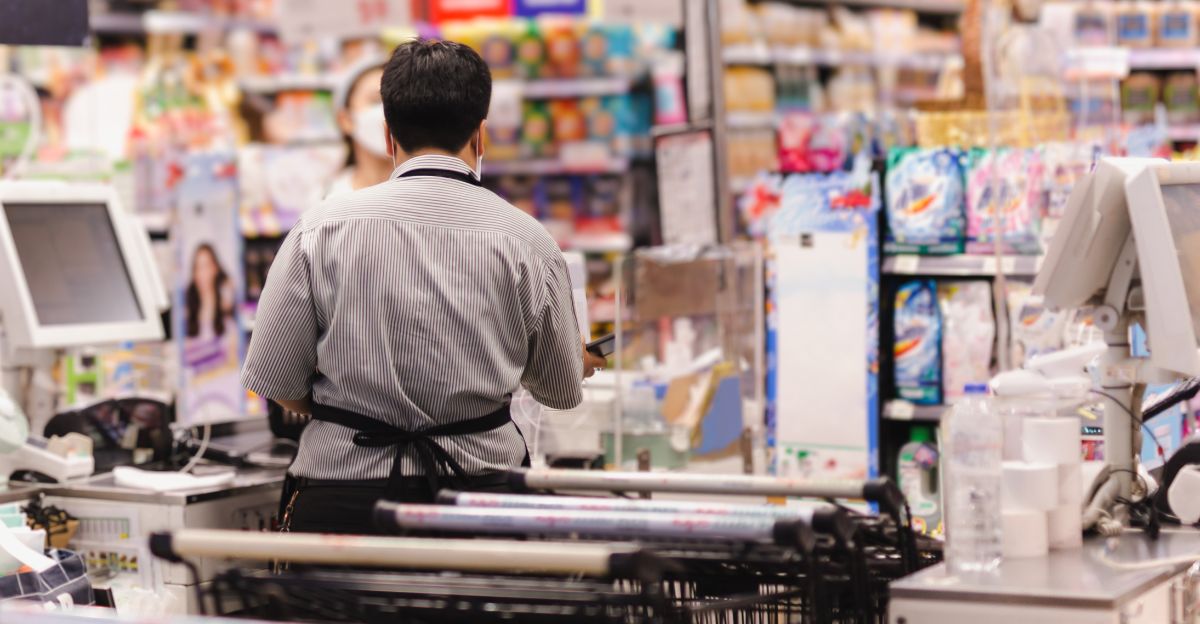
The pricing errors aren’t always malicious, but they are preventable. Many workers say they’re simply overwhelmed. Kroger-owned stores have cut staffing by 17 employees per location since 2019, with fewer hours per worker.
With tens of thousands of price tags in a single store, updating them all on time is nearly impossible. Current employees describe the challenge: “There are simply not enough employees to manually switch out price labels on shelves because some stores have tens of thousands of price tags hanging at any one time.“
Joy Alexander, a King Soopers employee says, “It really makes me feel bad because some of them are on fixed incomes and they’re older. They’re not going to pay attention.” Low-wage workers are left to bear the emotional weight of systemic problems they didn’t create. It’s not just shoppers who feel the squeeze, it’s also the people behind the counter.
When Competition Breeds Deception
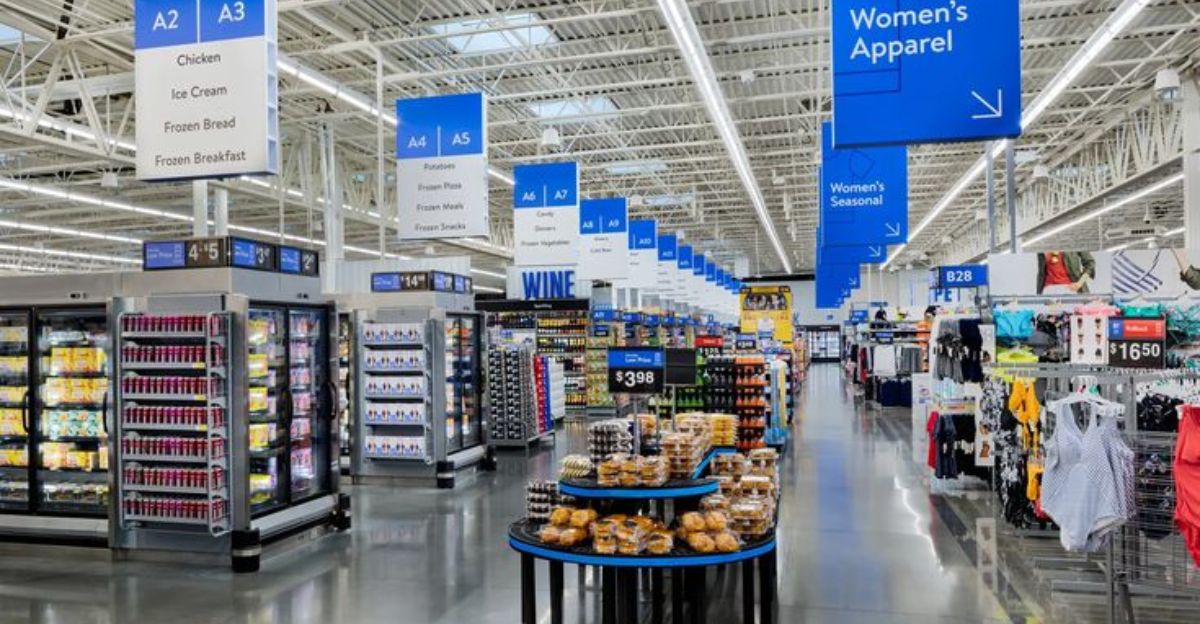
Kroger’s troubles are part of a larger trend. The grocery industry has become a concentrated field where a few mega-players dominate. These giants hold enormous power over pricing, and increasingly, over truth. Kroger executives have openly admitted raising prices beyond inflation to pad profits. “We view a little bit of inflation as always good in our business,” one said in 2021.
Meanwhile, other companies like Walmart echo similar strategies, blaming tariffs for cost hikes while quietly boosting margins. When customers complain, retailers point to global conditions, not internal policies. This isn’t just one company’s issue, it’s a business model increasingly reliant on consumer confusion and strategic misdirection.
How Consumers Are Fighting Back

The result? Grocery shopping has become a defensive act. Shoppers now photograph shelf tags, scrutinize receipts, and post warnings online. On TikTok and Reddit, viral posts highlight price mismatches and share tips on avoiding them. Buy-now-pay-later services, once reserved for tech gadgets, are now used for groceries; 25% of U.S. shoppers used them in 2025, up from 14% last year.
Credit card debt for food is climbing. The erosion of trust has changed habits: fewer impulse buys, more list-checking, and growing resentment. What used to be a mundane errand now feels like a battleground where consumers must stay alert just to pay what they were promised.
Will Shoppers Ever Trust the Shelf Again?
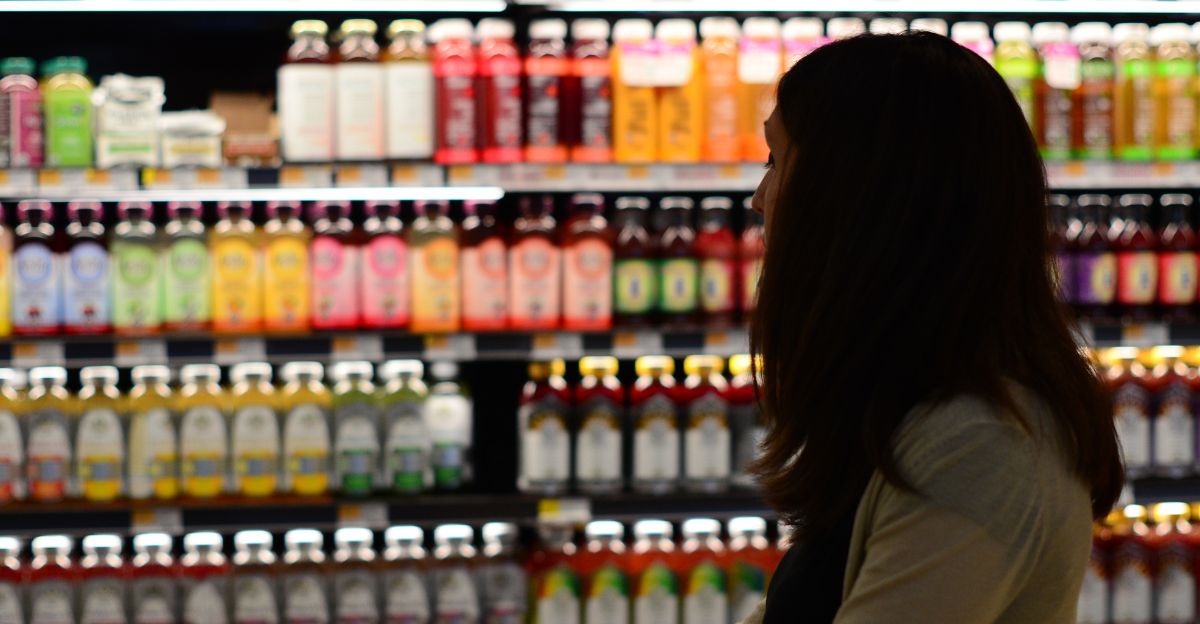
As lawsuits pile up and lawmakers take notice, the future of grocery retail is at a crossroads. Kroger now faces class-action suits in multiple states, and senators like Elizabeth Warren are calling for uniform pricing and tougher oversight. The question is bigger than tariffs or one company; it’s about trust. Can shoppers rely on what they see? Or has price transparency become optional in an industry built on volume and margins?
Retailers must decide: prioritize quick profits or rebuild the trust that made their brands household staples. If they choose wrong, they risk losing something harder to win back than market share, consumer faith in the simple act of buying food.
Discover more trending stories and Follow us to keep inspiration flowing to your feed!

Craving more home and lifestyle inspiration? Hit Follow to keep the creativity flowing, and let us know your thoughts in the comments below!
